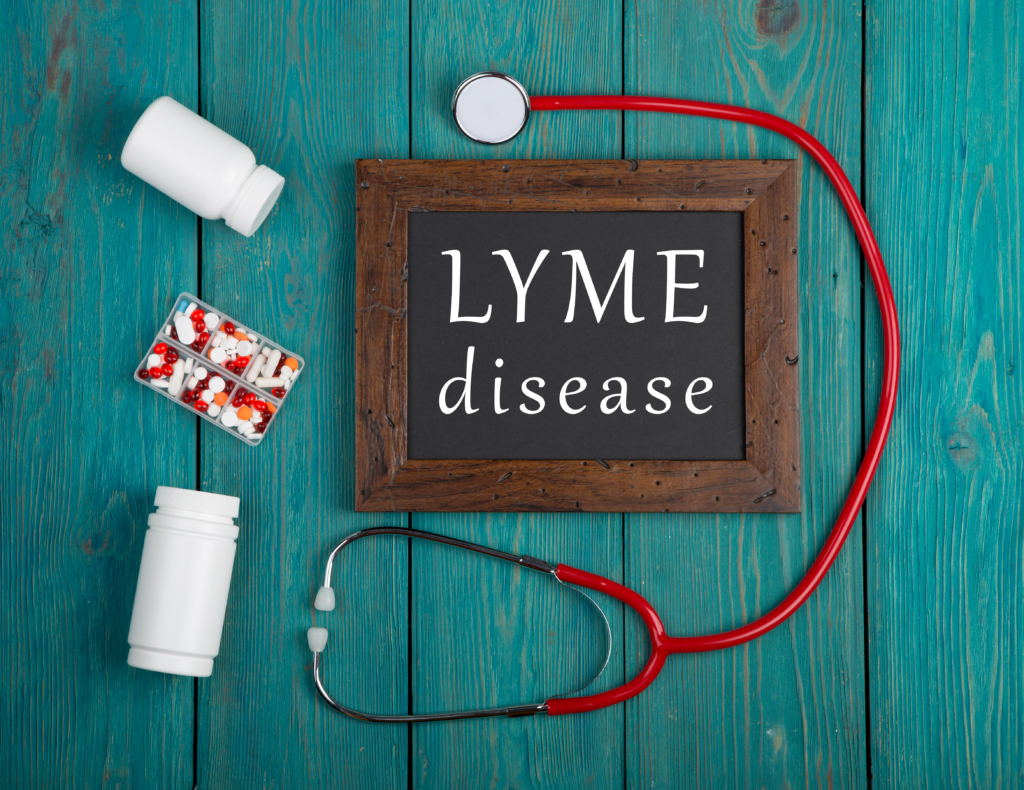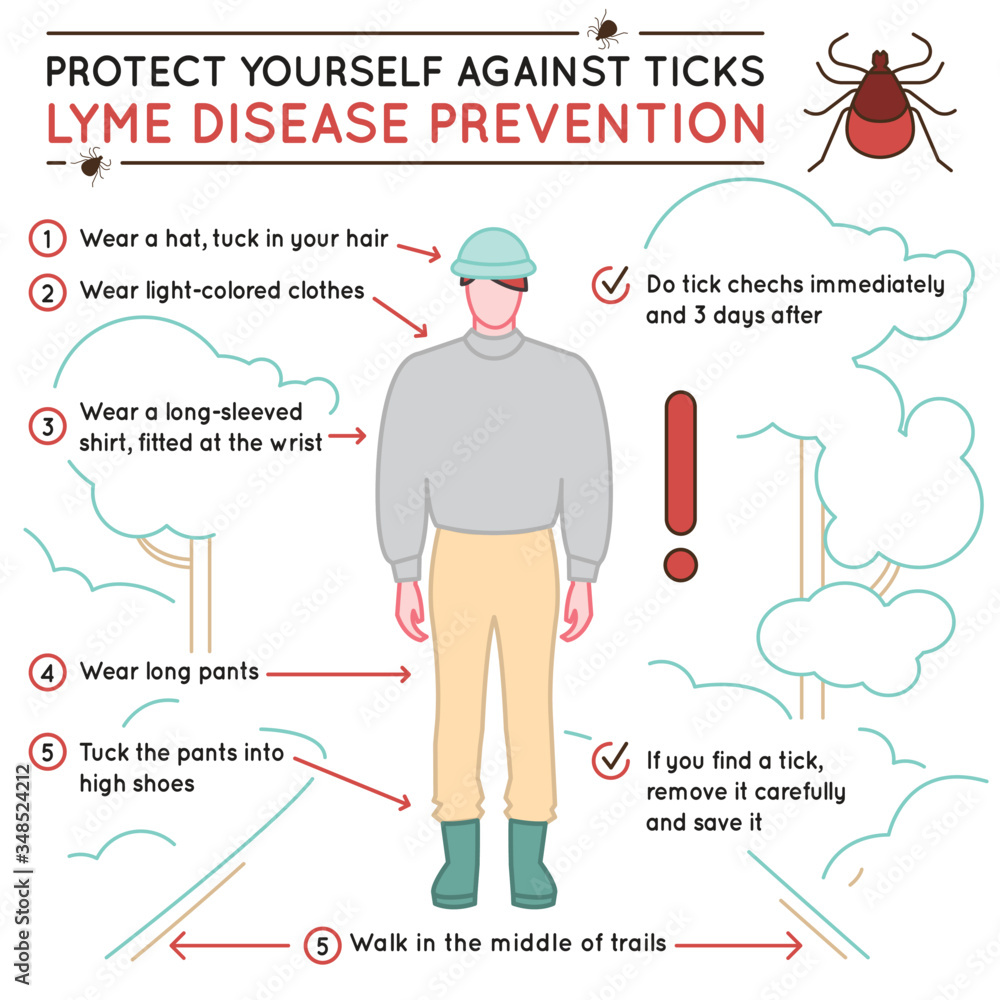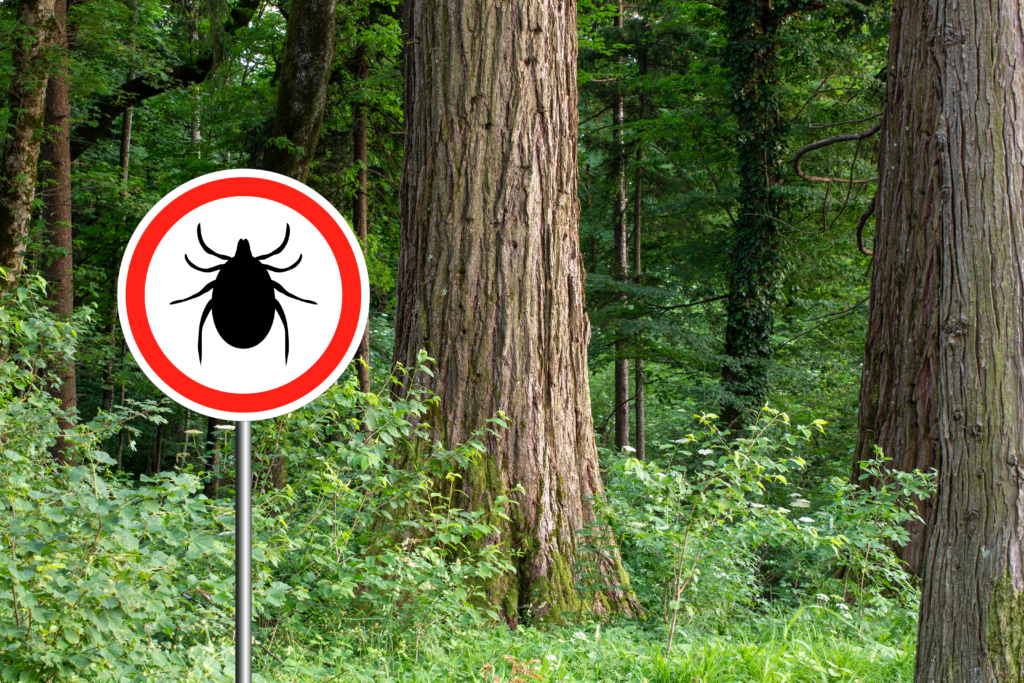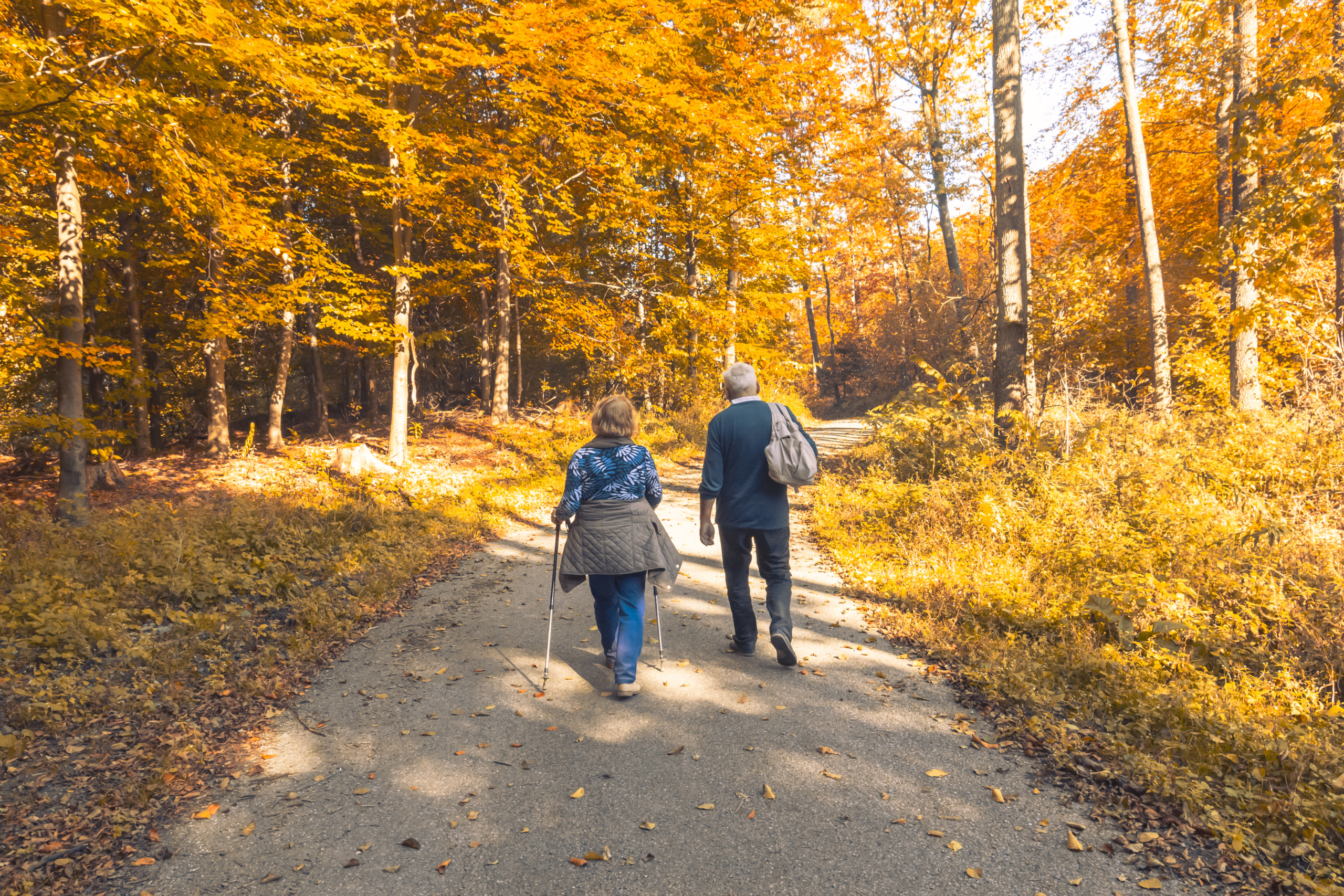Lyme’s disease is a dangerous illness that is primarily spread by ticks. While people of all ages can be affected by it, the elderly population is particularly at risk due to weaker immune systems, increased vulnerability to infection, and the fragility of their overall health. With the summer months upon us, it is crucial to be aware of the risk factors and precautions necessary to prevent ticks and minimize the chances of contracting Lyme’s disease. In this post, we will discuss the risks of Lyme’s disease in the elderly population, precautions to take to prevent tick bites, symptoms of the disease, when to seek treatment, as well as the long-term effects and complications of the illness.
One of the most prevalent diseases affecting senior citizens is Lyme’s Disease, a bacterial infection transmitted through the bite of infected ticks. It is important to understand the risks and the precautions that can be taken to prevent tick bites and avoid contracting this debilitating disease.
This disease is most commonly found in the United States, specifically the Northeast, Midwest, and Pacific regions.

By veranoverde Adobe Stock Photos
Identifying Ticks that May Cause Lyme’s Disease:
Ticks are capable of transmitting countless diseases, Ticks that may cause Lyme’s disease can be identified by their appearance. The black-legged tick, also known as the deer tick, is a common carrier of the bacteria that causes Lyme’s disease. These ticks are tiny, especially during their nymph stage, and are known for their dark, reddish-brown coloring with black legs.
It is important to note that not all ticks carry Lyme’s bacteria, but it is still important to take precautions and check for ticks after spending time outdoors. It is recommended to wear long-sleeved clothing, use insect repellent, and shower after spending time in areas where ticks may be present. If a tick is found, it should be removed as soon as possible using tweezers, grasping the tick as close to the skin as possible and pulling straight out. Lyme’s disease can be a serious illness, especially for elderly individuals with weakened immune systems, so it is important to be aware of the potential risks and take preventative measures.
Risks and Precautions:
We all love the outdoors, but it’s important to protect ourselves from tick bites. The best way to prevent contracting Lyme’s Disease is to avoid tick bites altogether.
Tick bites are the primary cause of Lyme’s disease and are most commonly found in wooded and grassy areas with high humidity. Unfortunately, the elderly population is often unable to keep up with routine maintenance and yard work, which can increase their exposure to ticks. In addition, weaker immune systems in the elderly can lead to a greater likelihood of developing Lyme’s disease once infected.
Therefore, it is crucial to take the necessary precautions to protect against ticks, including wearing protective clothing, applying insect repellent, staying on designated paths, and performing frequent checks for ticks. Avoiding tick habitats is a critical step in preventing Lyme’s disease and keeping our elderly population safe.
You can use natural tick repellents: Consider using natural tick repellents like essential oils such as lavender, lemon, peppermint, eucalyptus, and neem oil, or tick-repelling plants like wormwood, lavender, and marigold, to create a natural barrier between you and the ticks.
Wear appropriate clothing: Dress appropriately when going out for a hike or walk. Wear pants, long-sleeved shirts, and comfortable closed-toe shoes when venturing into wooded and grassy areas. Ticks primarily reside in these areas and attaching to exposed parts of your body.
Check your body thoroughly: After enjoying outdoor activities, it is important to check your body thoroughly for ticks. Check your body from head to toe including your scalp, ear, neck, and armpits. Ticks can be small and hard to detect, so a thorough inspection is critical.

By Double Brain Adobe Stock Photos
Symptoms and Treatment:
Lyme’s disease can present with a wide range of symptoms that mimic flu-like symptoms, including fever, muscle aches, and fatigue, or swollen lymph nodes which can often be mistaken for other ailments or simply the effects of aging. Neurological symptoms can occur such as tingling or numbness in the extremities, neck stiffness especially near the base of the skull, and weakness or paralysis in the facial muscles or limbs.
These symptoms typically appear within 7-14 days after a tick bite. The important thing is if you are experiencing any symptoms and your doctor is unsure of what is wrong, please ask if it would be prudent to screen for Lyme’s disease with blood tests. If you live in an area that is not so prevalent for ticks it may not be at the forefront of their minds when looking at a diagnosis. Here in Wisconsin the doctors are quick to order a Lyme Panel for unexplained symptoms especially in the case where the individual is unsure of exposure, or it was at least possible to have come in contact with a tick.
As a result, it is essential to seek medical attention if experiencing any unexplained symptoms, especially in tick-prone areas. Early detection of Lyme’s Disease is critical for successful treatment. It is very important, if possible, to take the tick to the doctor’s office or urgent care so the tick and be identified correctly.
If caught early enough, antibiotics can effectively treat the disease, yet untreated Lyme’s disease can lead to long-term effects, including cognitive impairment, symptoms of fibromyalgia, and even paralysis in some cases. Caregivers should remain vigilant and seek immediate medical attention if their loved ones show any signs of Lyme’s disease.
As the disease progresses, you may notice a distinct rash that looks like a bull’s eye shape, where the bite has occurred. If you or a loved one has these symptoms, don’t ignore them; it is necessary to seek immediate medical attention.

Long-term Effects and Complications:
Untreated Lyme’s Disease gradually affects various parts of the body and causes long term damage that can persist even after treatment. The disease progresses through several phases. Unfortunately, if left untreated or diagnosed late, Lyme’s disease can cause long-term complications that can significantly impact the quality of life in the elderly. Chronic fatigue, arthritis, and heart problems are among the most common long-term effects of the illness.
The elderly are already vulnerable to age-related diseases and conditions, so adding chronic conditions due to untreated Lyme’s disease can have severe consequences, including a decline in mobility and an increase in the need for care. It is essential to seek medical attention promptly to prevent long-term effects from occurring.
Knowing the signs and symptoms of Lyme’s disease is crucial to early detection and treatment. Symptoms of Lyme’s disease include:
1. Rash: A red, expanding rash that looks similar to a bull’s eye
2. Flu-like symptoms: Fever, headache, chills, fatigue, muscle and joint pain
3. Neurological symptoms: Tingling or numbness in the extremities, neck stiffness especially near the base of the skull, and weakness or paralysis in the facial muscles or limbs
4. Neuropsychiatric problems: Chronic Lyme’s disease can result in depression, anxiety, panic attacks, and other neuropsychiatric disorders that affect mood, behavior, and overall quality of life.
Conclusion:
Lyme’s disease is a serious potential debilitating illness that can have lasting effects, especially in the elderly population. Caregivers must be aware of the potential risks and the necessary precautions to prevent tick bites and seek medical attention early if any symptoms arise. We must work together to create awareness about the disease and take the necessary measures to protect our elderly population from the dangers of Lyme’s disease.
Thanks for stopping by and spending a few minutes with us. We hope to see you back here soon! If you are looking to stay connected for more tips and strategies for aging with grace, or care for aging parents consider our private forum where we discuss all things, “Speaking Out on the Care of Your Aging Parents”
Pam and Linda
Your Nurse Advocates
Resources
Your Nurse Advocate’s Essential Guide to 6 Summer Safety Tips for Seniors Enjoying the Outdoors




